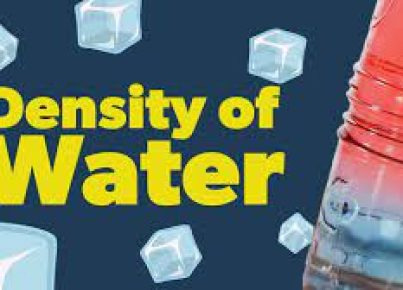Introduction:
Enzymes are biological catalysts that play a crucial role in various biochemical reactions within organisms. They speed up these reactions by lowering the activation energy, making them essential for life processes. In this article, we will explore 13 different enzyme lab report activities that help in understanding the roles and functions of enzymes in biochemical processes.
1. Investigation of Enzyme Activity:
In this activity, students investigate enzyme activity under varying conditions such as temperature, pH, and substrate concentration. Using a commonly available enzyme like catalase (extracted from potato or liver), students measure how quickly it breaks down hydrogen peroxide into water and oxygen gas.
2. Enzyme Inhibition:
This activity investigates the effect of enzyme inhibitors on enzyme activity. Students can use different inhibitors with the same enzyme to observe their impact on the enzyme’s function.
3. Enzyme Cofactors:
This activity explores the importance of cofactors in enzyme activity. Using enzymes that require specific metal ions as cofactors, students can observe how these ions influence enzymatic reactions.
4. Enzyme Specificity:
This experiment demonstrates how enzymes are specific to their substrates by using various substrates with a single enzyme and observing which ones are converted successfully.
5. Induced Fit Model Demonstration:
The induced fit model describes how enzymes adapt their shape to bind with substrate molecules effectively. Students can use modeling clay or interactive computer simulations to visualize this process.
6. Lactase Enzyme Activity:
In this lab report activity, students investigate lactase’s ability to break down lactose into glucose and galactose. Through experiments, they explore how factors like temperature and pH affect lactase efficiency.
7. Competitive vs. Non-competitive Inhibition:
Students are introduced to two types of inhibition – competitive and non-competitive – in this lab activity by using different inhibitors with an enzyme and observing how they affect the reaction speed.
8. Enzyme Denaturation:
Using a temperature-sensitive enzyme like catalase, students investigate the process of enzyme denaturation and observe how temperature affects enzyme activity and structure.
9. Effects of Substrate Concentration:
This experiment helps students understand the effect of substrate concentration on enzyme-catalyzed reactions by modifying the concentration of substrate while keeping the enzyme concentration constant.
10. Enzyme Regulation:
By investigating how cellular conditions can regulate enzyme activity, students learn about the importance of controlling biochemical reactions in organisms. They can study allosteric regulation or feedback inhibition mechanisms.
11. Synthetic Enzymes Design:
Students engage in designing synthetic enzymes based on their understanding of enzyme structure and function, exploring potential applications for these designed proteins.
12. Enzyme Immobilization Techniques:
In this lab report activity, students learn about different methods used to immobilize enzymes for industrial use, such as entrapment, bonding, and encapsulation techniques.
13. Enzyme Applications in Everyday Life:
Lastly, students explore practical applications of enzymes in everyday life, including uses in food production, cleaning products, medicine, and biotechnology industries.
Conclusion:
These 13 enzyme lab report activities are designed to provide a comprehensive understanding of enzymes’ structure, function, regulation, and application. Through these experiments, students gain hands-on experience with enzymatic reactions and develop a deeper appreciation for the vital role enzymes play in maintaining life’s processes.





